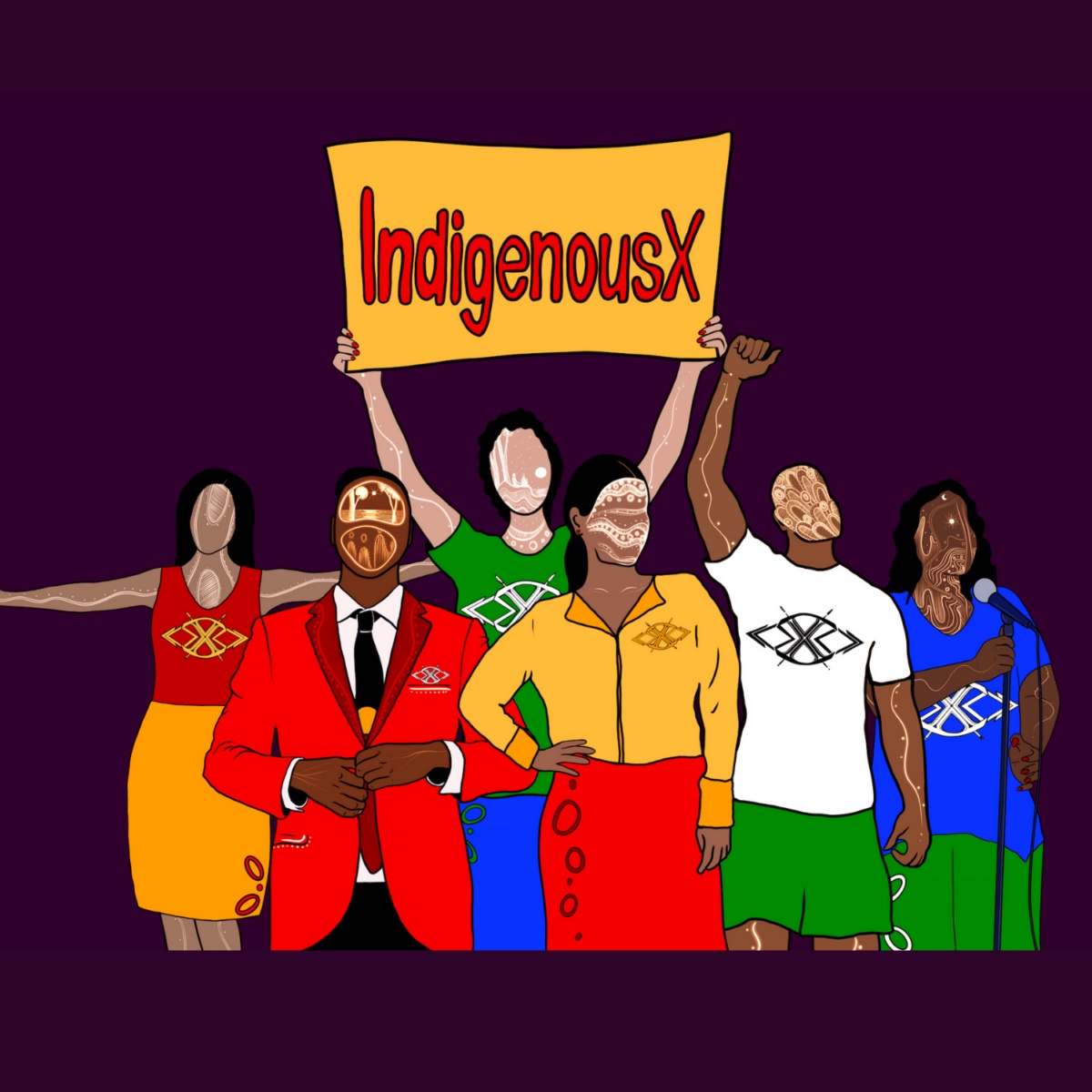Heavily policing our communities does not reduce crime or combat poverty

If you grew up in an Indigenous community, you would have heard someone say, “they’re out today, aren’t they?” And you would ask, who? And they would reply, “the cops.” You would have this interaction with different people throughout the week, and it would sometimes feel like the police never leave.
Our communities are still some of the most impoverished in Australia. Why do Indigenous people keep being represented in the criminal justice system at a higher rate than non-Indigenous people? Does policing Indigenous communities work?
The New South Wales Bureau of Crime Statistics and Research (2016) tells us that between 2001 and 2015, the number of Indigenous people in NSW prisons doubled. The rise was a result of higher rates of arrest resulting in conviction, a greater likelihood of being sent to prison given the conviction, and a higher rate of being refused bail, the research found.
If all these people are being arrested and sent to prison, why are our communities still over-policed, and why has nothing in our communities changed? Why are crimes still being committed? It’s simple: police patrols do not reduce crime.
Controlled trials in the US have found that while police patrols are effective at improving the image of the local police force, they are not effective at reducing crime. Moreover, hotspot policing has been shown to have adverse effects on communities. When an area is over-policed, it becomes stigmatised and associated with delinquency.
We do not need to be told that our people are committing crimes in our community – we live there, we know who are committing these crimes. They are our sons, daughters, cousins, uncles, aunties, and we still love them. Police officers may arrest the ones we love, but it does not solve the underlying cause of why crime is committed, which is poverty. Wherever there is poverty, there are high property and petty crime rates. These crimes are committed out of necessity, not malice intent.
For 60,000 years, we had our own set of laws and punishments. Still, in the last 200 years, we have had a legal system imposed on to us from the other side of the world. The results have been catastrophic. Indigenous adults are 12.5 times more likely to be incarcerated, Indigenous children are 26 times more likely to be incarcerated, Indigenous women are becoming the fastest-growing prison population in Australia, and more than 470 Aboriginal and Torres Strait Islander peoples have died in custody.
What is the answer? Indigenous communities are aware of the complexity associated with crime. The perspective of our people should be considered when our Mob are sent to stand before the judge. Our communities must also be permitted to identify critical issues and implement culturally informed solutions that will keep Indigenous people out of jail and be a part of our community without the stigmatisation of having been sent to prison.
So does deploying police officers in our communities work? The answer is no. It does not combat poverty; it just results in overrepresentation, incarceration and death. There is so much to be proud of in our communities, such as kinship, culture, being able to pop around to anyone’s house for a cuppa tea. But this isn’t how our communities are portrayed to the general public.
I’ve had white friends tell me they’re not allowed to travel to “that” part of town because that’s where all the crime happens. This is just blatantly false and racist. Crime can and does happen in every community, from North Sydney to Moree. Still, it isn’t the white-collar criminals committing tax fraud demonised by the media and general public. It is us.




